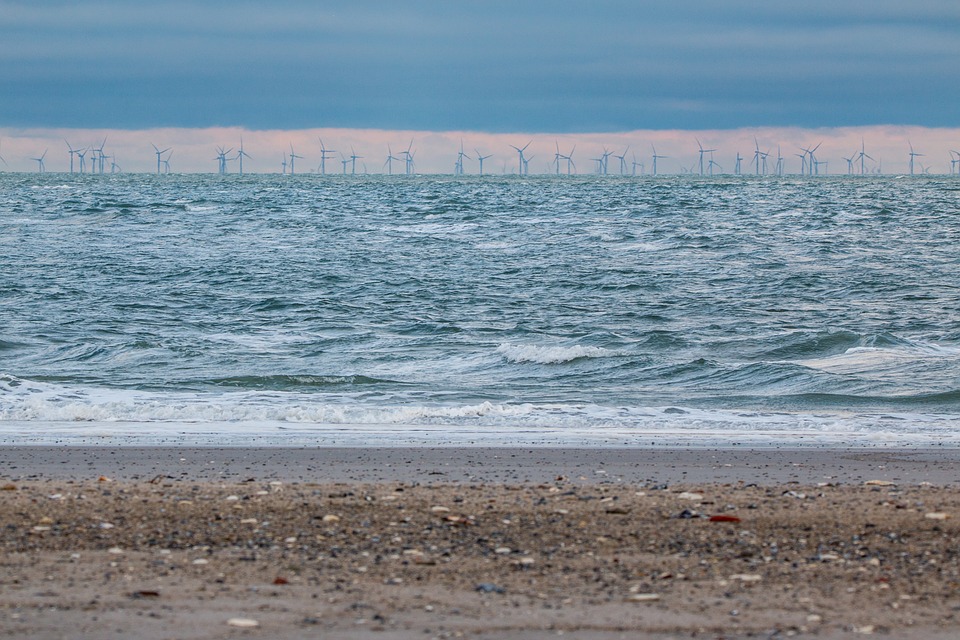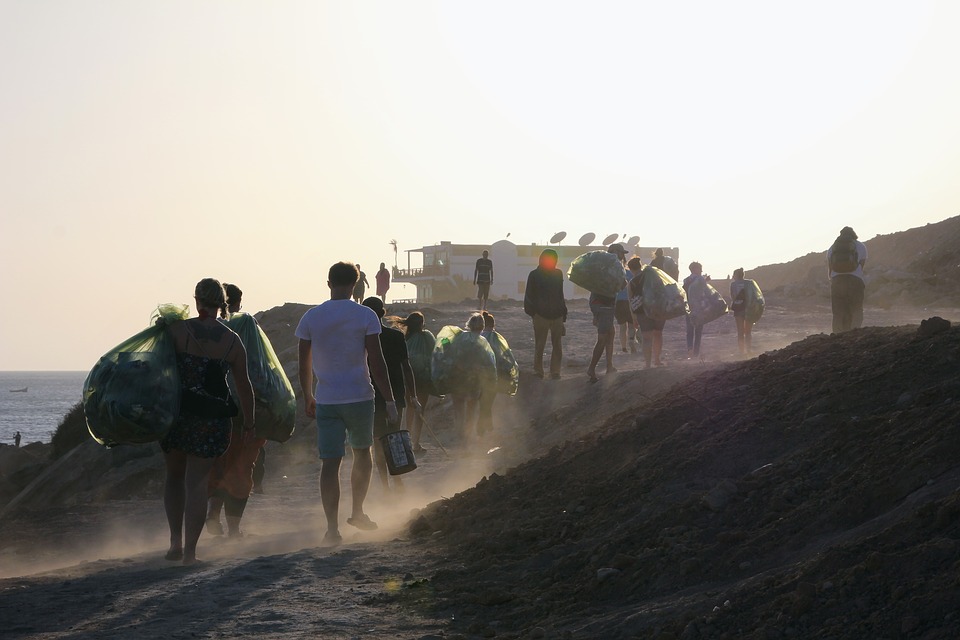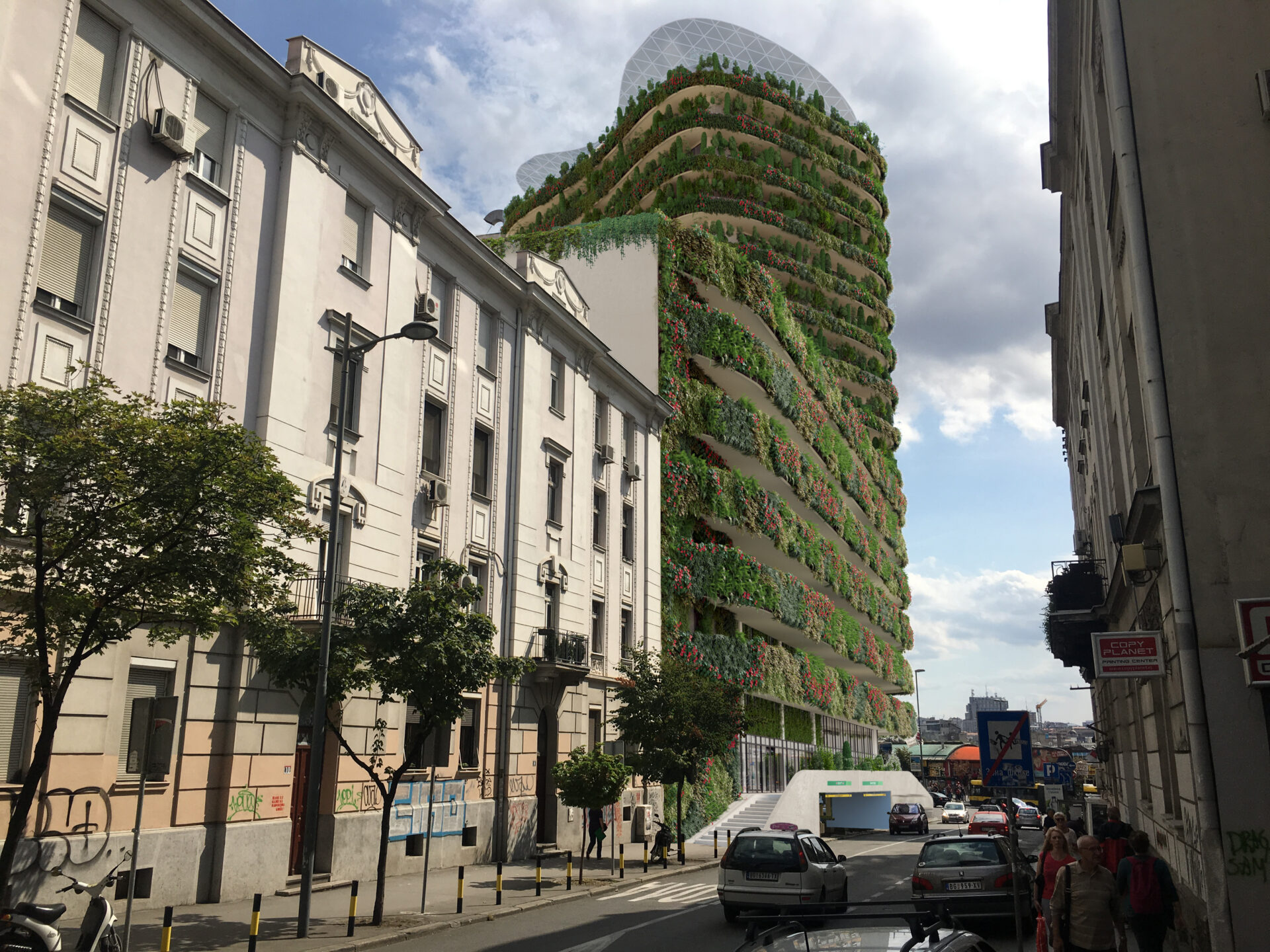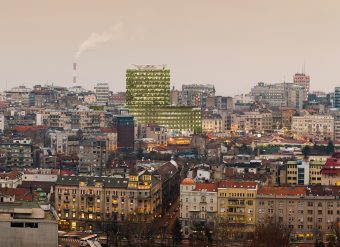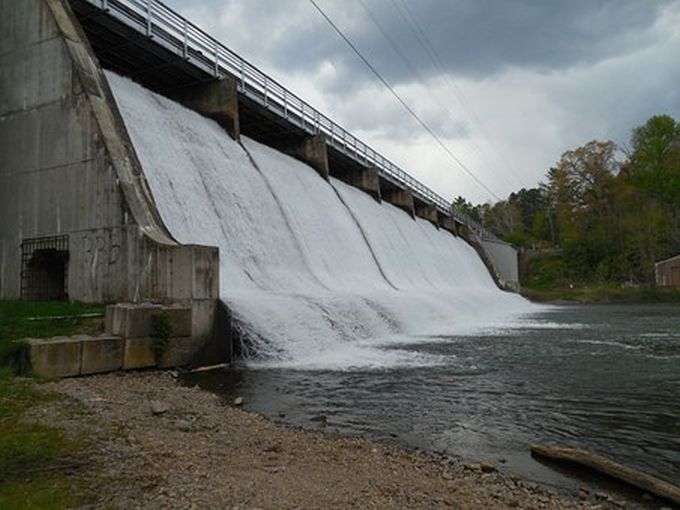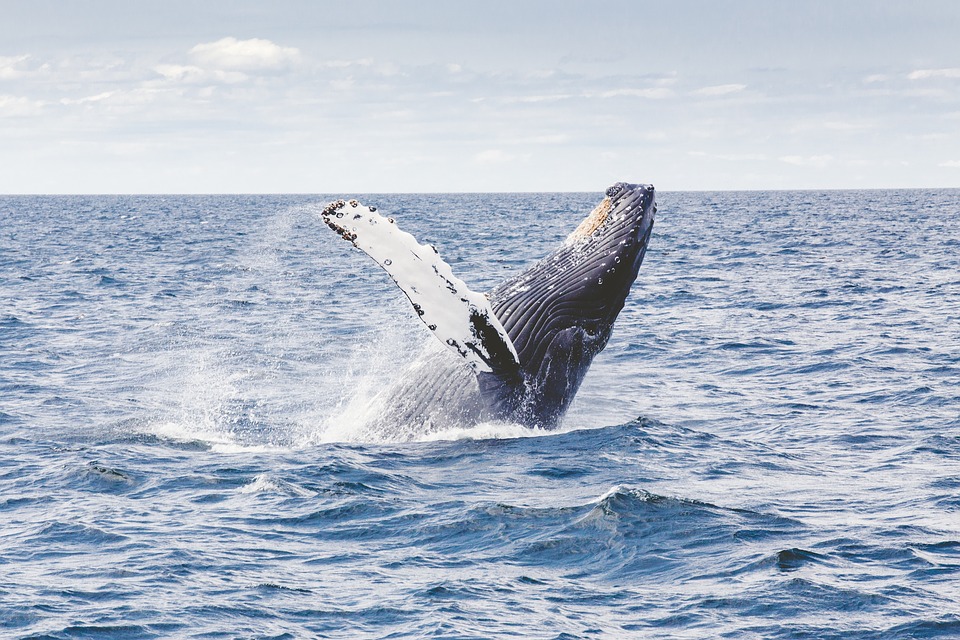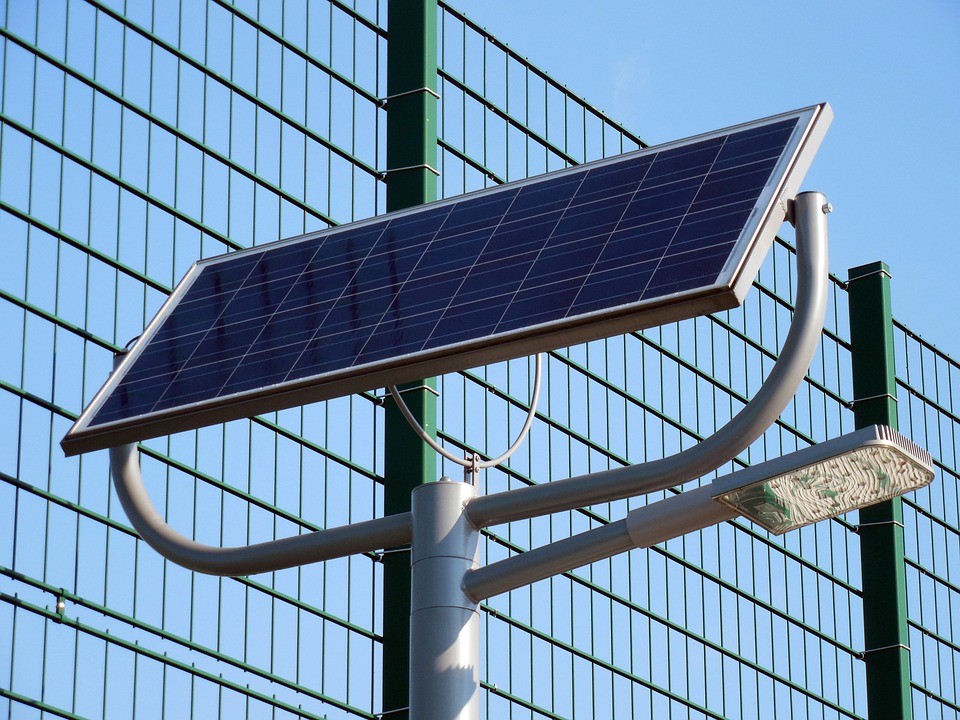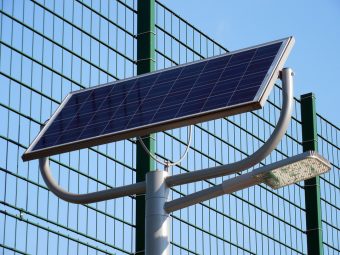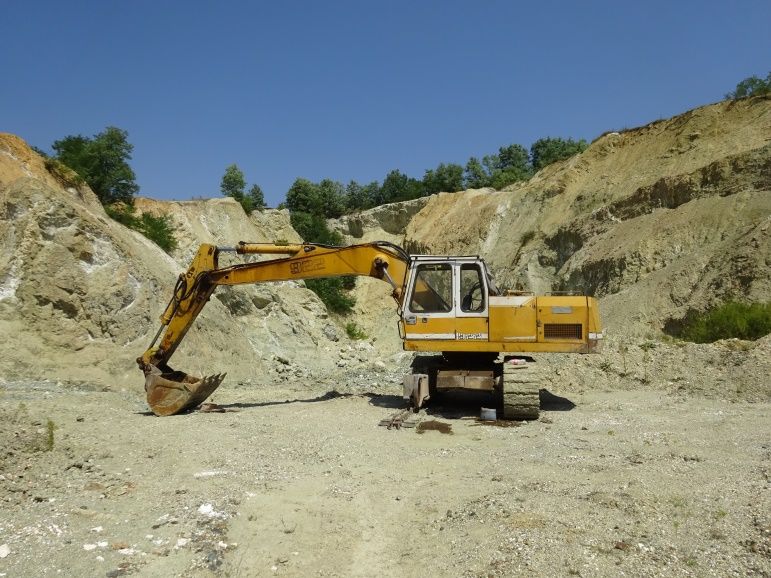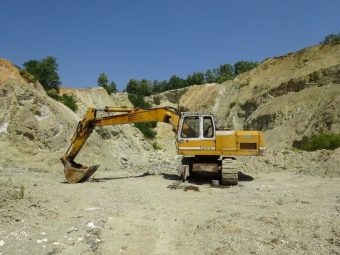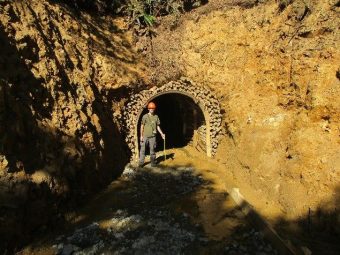Ninety elephant carcasses have been found in Botswana with their tusks hacked off, in what is believed to be one of Africa’s worst mass poaching sprees.
Most of the animals killed were large bulls carrying heavy tusks, Elephants Without Borders said on Tuesday.

The discovery was made over several weeks during an aerial survey by scientists from Elephants Without Borders and Botswana’s Department of Wildlife and National Parks.
Mike Chase, the charity’s director, said: “We started flying the survey on 10 July, and we have counted 90 elephant carcasses since the survey commenced. Each day, we are counting dead elephants.”
The wild pachyderms were shot with heavy-calibre rifles at watering spots near a wildlife sanctuary in the Okavango Delta.
According to Chase, the carcasses’ skulls were “chopped open by presumably very sharp axes, to remove their tusks”. In some cases, the trunks were also removed.
“The scale of elephant poaching is by far the largest I have seen or read about in Africa to date,” Chase said, adding that the poaching coincided with Botswana’s rangers being reportedly disarmed earlier this year.
Botswana previously had a zero-tolerance approach to poaching, with a “shoot-to-kill” policy against poachers.
The landlocked country with its unfenced parks and wide open spaces has the largest elephant population in Africa at more than 135,000.
Chase said elephants in Zambia and Angola “have been poached to the verge of local extinction, and poachers have now turned to Botswana”.
Botswana’s tourism minister, Tshekedi Khama, confirmed dozens of elephants had been poached.
“I am very concerned, it’s a huge worry,” he said. “I’m aware that the numbers are in double digits, and for Botswana they are high.
“Because we had been spared poaching for a long time, I think now we are realising the sophistication of these poachers. Unfortunately, sometimes we learn these lessons the hard way.”
Maj Gen Placid Segokgo, the country’s defence chief, said he was unable to immediately comment on rangers being apparently disarmed earlier this year under a new government policy.
The number of African elephants has fallen by about 111,000 to 415,000 in the past decade, according to the International Union for Conservation of Nature (IUCN).
The killing is taking place at a rate of about 30,000 elephants a year, to meet demand for ivory in Asia, where tusks sell for about $1,000 (£780) a kilo.
The Botswana poaching occurred months after Ian Khama, who is passionate about protecting wildlife, stepped down as president, handing power to his chosen successor, Mokgweetsi Masisi.
The International Fund for Animal Welfare’s vice-president for conservation, Jason Bell, said of the slaughter: “Until now, Botswana’s elephant herds have largely been left in peace, but clearly Botswana is now in the crosshairs.”
Poachers have also targeted rhinos in Botswana, with six white rhino carcasses found in recent months.
Source: Guardian



